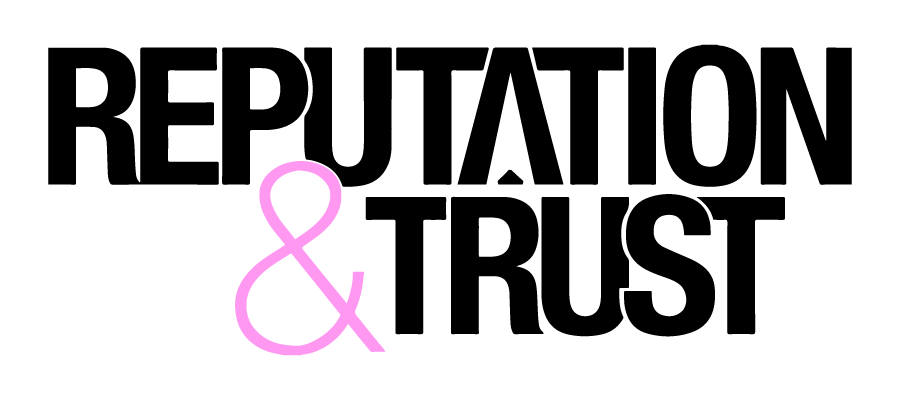Understanding ESG: Environmental, Social, and Governance
The Pillars of Sustainable Business Practices
In today’s corporate world, the integration of sustainable practices is not just a trend but a fundamental shift in how businesses operate. At the heart of this transformation are the three pillars that form the bedrock of conscientious corporate behavior: environmental stewardship, social responsibility, and robust governance. These components are critical in shaping a company’s sustainability profile and are collectively known as ESG criteria.
Environmental considerations involve a company’s impact on the natural world. This includes how it manages its carbon footprint, waste production, and resource consumption. Social responsibility, on the other hand, pertains to how a company manages relationships with employees, suppliers, customers, and communities. Lastly, governance refers to a company’s leadership, executive pay, audits, internal controls, and shareholder rights. At Reputation&Trust Analytics, we understand that these elements are not just ethical imperatives but also strategic drivers for long-term success.
Integrating ESG into Corporate Strategy
For businesses looking to thrive in the modern marketplace, integrating ESG criteria into their core strategy is essential. This process begins with a thorough assessment of current practices and identifying areas where improvements can be made. Environmental initiatives might include reducing emissions, enhancing energy efficiency, or adopting renewable energy sources. Social strategies could focus on improving labor practices, enhancing community engagement, or ensuring product safety.
Governance, while perhaps less visible than environmental and social efforts, is equally important. It ensures that a company operates with integrity and accountability. This includes establishing clear policies for ethical behavior, creating a diverse and inclusive board, and implementing transparent reporting practices. At Reputation&Trust Analytics, we believe that a strong governance framework is the glue that holds the ESG strategy together, ensuring that the environmental and social efforts are not just for show but are deeply embedded in the company’s DNA.
Measuring and Reporting on ESG Performance
Once a company has integrated ESG principles into its operations, the next step is to measure and report on its performance. This is where transparent and consistent reporting becomes crucial. It allows stakeholders to see the progress being made and holds the company accountable for its commitments. Metrics and targets should be clearly defined, and progress should be communicated regularly.
At Reputation&Trust Analytics, we advocate for the use of recognized frameworks and standards for ESG reporting, such as the Global Reporting Initiative (GRI) or the Sustainability Accounting Standards Board (SASB). These frameworks help ensure that the data reported is comparable and reliable. By effectively measuring and reporting on ESG performance, companies not only demonstrate their commitment to sustainability but also build trust with investors, customers, and the wider community.


